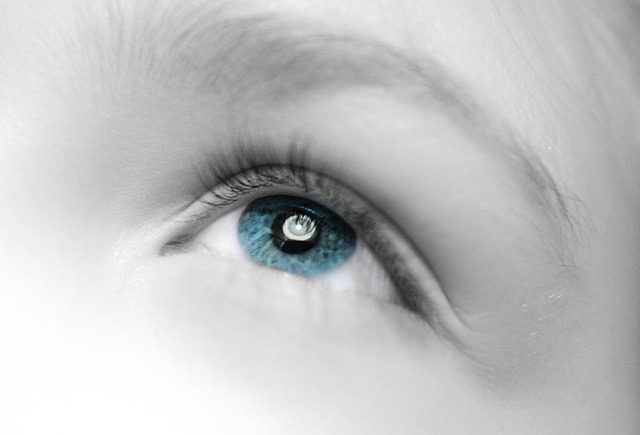Meditation can help us tame our strong emotions by helping us to isolate the source of the related feelings and identify our automatic response, which is often inappropriate or unhelpful. Shame is one such emotion that generates strong feelings that can lead to anger, envy, devaluing self, depression, passivity or inability to cope.
Mary C. Lamia, a clinical psychologist, explains that shame occurs when we perceive ourselves to be inadequate, unworthy, dishonourable or failing to live up to our own or other’s expectations. For example, shame experienced in not living up to the expectations of others as a new or accomplished author, is a central theme of John Boyne’s book, A Ladder to the Sky. His book also starkly illustrates Mary Lamia’s description of shame as a “concealed, contagious and dangerous emotion“. Mary’s in-depth discussion of shame and how it manifests is illuminating and helps us to understand how shame can induce our own dysfunctional behaviour and that of bullies and narcissistic people.
A meditation to tame feelings of shame
Patricia Rockman provides a meditation designed to tame feelings of shame. Her 10-minute, guided meditation podcast provides a way to uncover this often-concealed emotion, explore its manifestation in bodily sensations and denigrating thoughts, and eventually to get in touch with how we contaminate our relationships through feelings of shame.
The starting point for the meditation is to clearly form the intention to address the feelings of shame, rather than push them away or hide from them. This may take a concerted effort over time with repetition of this guided meditation. Feelings of shame may be deeply embedded in our bodies and minds and we can feel resistance to dealing with these uncomfortable emotions and feelings. Over time, we may have become practised at concealing shame or projecting our sense of shame onto others.
As we grow in mindfulness through meditating on our feelings of shame
we can learn to tame our shame and its impact by naming our feelings and facing the discomfort that shame elicits in us bodily and mentally. This growth in self-awareness, a progressive unveiling of ourselves, can replace shame with kind attention, and build resilience.
____________________________________________
Image source: courtesy of Skitterphoto on Pixabay
By Ron Passfield – Copyright (Creative Commons license, Attribution–Non Commercial–No Derivatives)
Disclosure: If you purchase a product through this site, I may earn a commission which will help to pay for the site, the associated Meetup group and the resources to support the blog.


